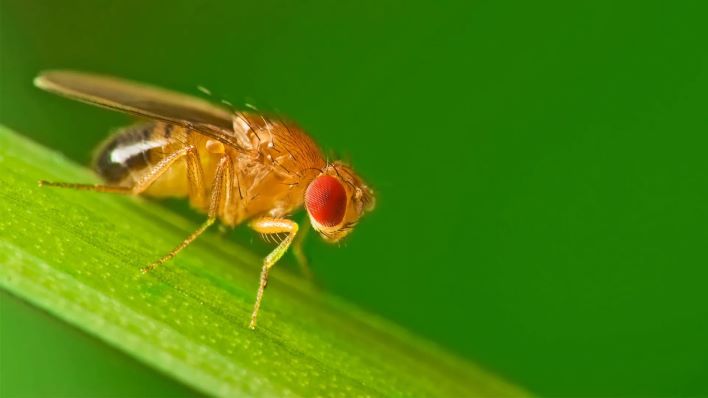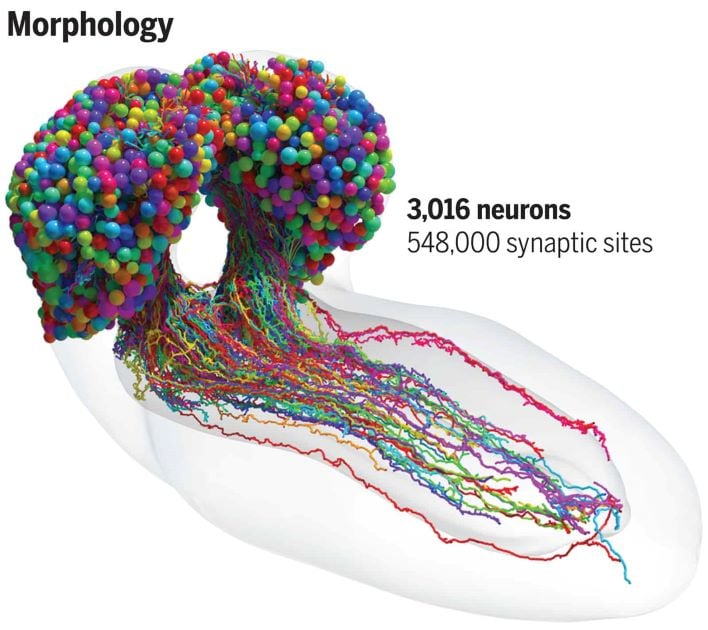Scientists Map A Fruit Fly’s Brain With Over A Half Million Synapses And It’s Amazing

A group of scientists from the University of Cambridge published a complete reconstruction and findings of the brain of a fruit fly larva. Yes, the subject for the study might seem like an odd choice, given that the garden variety is tiny and pretty common. Nonetheless, fruit flies were top candidates to have their brains mapped due to their rich learning, behavioral, and social behaviors, complete with complex physical sensory inputs.

The resulting synaptic connectome, or wiring map, of the larval brain includes 3,106 neurons, 548,000 synapses, plus the brain lobes and nerve cord. This, according to the team, is the most complete and detailed connectome ever recreated of anything in the animal or insect kingdom. In the past, connectomes were done by hand with color pencils, but at much lower level of detail. The connectome you see here was completed over a 12-year period by the University of Cambridge team. Utilizing an electron microscope, the scientists "sliced" away into the tiny organ (we're talking microns here), imaging thousands of slices just nanometers thick.
A specially developed software algorithm was developed to categorize and analyze the neurons and synapses of the larval brain. From there, they pieced together cell/synapse types, neural pathways and patterns, and even certain functions of the larva. Through the map, they found that the neural pathways super dense between hemispheres (facilitating substantial interhemispheric communication), while synapses in some areas of the brain to be repetitive and reinforced.
The researches hope that more animal connectomes can be collected and studied in the future, thus possibly improving our knowledge of biological circuit architecture. By extension, this could also lead to improvements in how AI neural networks and robotics are developed. In fact, the team found that the repetitive synapses resemble architecture from certain AI models.

